Canada’s GHS 7 Transition: WHMIS 2022 Compliance Now Mandatory for All Suppliers
As of 31st December 2025, Canada’s transition to WHMIS 2022 becomes mandatory. This change aligns the Workplace Hazardous Materials Information System (WHMIS) with the 7th revision of the UN’s Globally Harmonized System (GHS), significantly updating classification rules, Safety Data Sheet (SDS) content, and labelling requirements for chemical products.
If your company supplies hazardous chemicals for use in Canadian workplaces, now is the time to ensure your product documentation complies with the latest WHMIS 2022 standards.
What’s Changing Under WHMIS 2022?
Health Canada’s update introduces a range of amendments designed to enhance hazard communication and reflect international best practice. Key changes include:
New Hazard Classes and Categories, such as non-flammable aerosols and chemicals under pressure
Expanded SDS Content Requirements, particularly in Sections 9 (Physical and Chemical Properties) and 14 (Transport)
Updated Classification Criteria, including revised thresholds and definitions for flammable gases and aerosols
More Flexible Labelling Rules, including updated pictograms and precautionary statements
The final deadline to transition to WHMIS 2022 is 31 December 2025, with no further extensions. This applies to all manufacturers, importers, and distributors supplying chemical products to the Canadian market.
What It Means for Manufacturers
For companies exporting or distributing products into Canada, the implications are immediate:
Mandatory Reclassification: Existing SDSs and labels must be reviewed and reclassified according to GHS 7. Assumptions based on previous WHMIS 2015 classifications may no longer hold.
SDS and Label Reauthoring: Canada’s SDS format under WHMIS 2022 is now stricter and more specific. Even companies using GHS 7 in other jurisdictions will need to localise their documentation.
Enforcement Risk: Canadian regulators have been clear—after the 2025 deadline, non-compliant SDSs or labels will be treated as violations under the Hazardous Products Act, potentially leading to product recalls, import refusals, or penalties.
Distributor and Downstream Pressure: If your SDSs are outdated or not in WHMIS 2022 format, your Canadian customers will likely request updates or switch to compliant suppliers. This transition affects not just regulatory compliance, but also commercial continuity.
How Yordas Can Help: SDS Audits and In-Market Expertise
At Yordas, we recognise the complexity of managing regulatory change across markets. Our Hazard Communication team works with clients globally and has in-market specialists in Canada who understand the nuances of WHMIS 2022 compliance and additional Canadian regulatory requirements.
Our SDS audit service is the fastest way to identify whether your product documentation meets the new Canadian requirements. We review your existing SDSs and labels, highlight required changes, and support the reclassification and reauthoring process through our Managed Authoring Service to ensure full compliance ahead of the deadline.
Whether you manufacture in North America or export into Canada from the EU or elsewhere, our team can guide you through this transition efficiently and with minimal disruption.
Take Action Now
The deadline is firm. With less than six months remaining, manufacturers must act now to avoid compliance gaps or business interruptions in the Canadian market.
To schedule an SDS audit or speak to our Hazard Communication specialists, get in touch today by clicking here.
Stay up-to-date about upcoming regulatory changes by signing up to our newsletter.
